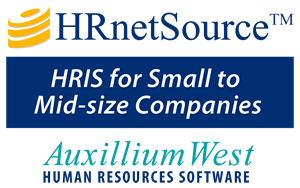Creating and
Obtaining Releases
Purpose of Process (also see how HRSource can help):
A release is an agreement between the company and an employee in which the employee releases the company from liability in exchange for compensation. The release can be used when there is a significant concern that the employee will sue the company for wrongful termination. This could occur if, for example, the company is terminating an employee for poor performance, who is a member of a protected group (e.g. female, minority, over age 40, disabled, etc.) and little or no documentation of the poor performance. Also, a release could be used when terminating a member of senior management, to facilitate a quick and non-disruptive termination.
Steps in the Process:
- Discuss with senior management and legal counsel, the risks
associated with terminating a particular employee.
- Draft a release with the guidance and review of legal
counsel (see sample Release).
The release should contain the following:
- A detailed description of what the employee is releasing, written in a manner that is easily understood.
- A specific reference to the rights and claims arising under the Age Discrimination in Employment Act (ADEA)
- No mention of releasing the employee from claims arising after the signing of the waiver
- Consideration (compensation) for the release. The amount of the consideration can range from one day's pay to several months pay, depending on the situation and risk.
- A statement encouraging the employee to seek legal counsel before signing the release
- A period of time of at least 21 days to consider the agreement*
- A period of time for the employee to revoke the agreement (7 days)
- A statement disallowing disclosure of the terms or conditions of the release
- A statement prohibiting the employee from seeking
re-employment with the company (to avoid the employee
reapplying for a position and suing for failure to rehire)
- Present the form to the employee and allow the employee time
to review it and obtain legal counsel.
- Upon the employee's execution of the agreement, provide the
employee with the compensation as stated in the release.
- Place the original release in a secure file, such as the employee's personnel file.
Process Tips:
Releases can be an effective tool in preventing lawsuits. Guard the confidentiality of the release closely to avoid creating an expectation that releases are given to all terminating employees.
HRSource™ can document the release in the Notes Module and link to the actual signed release document.
